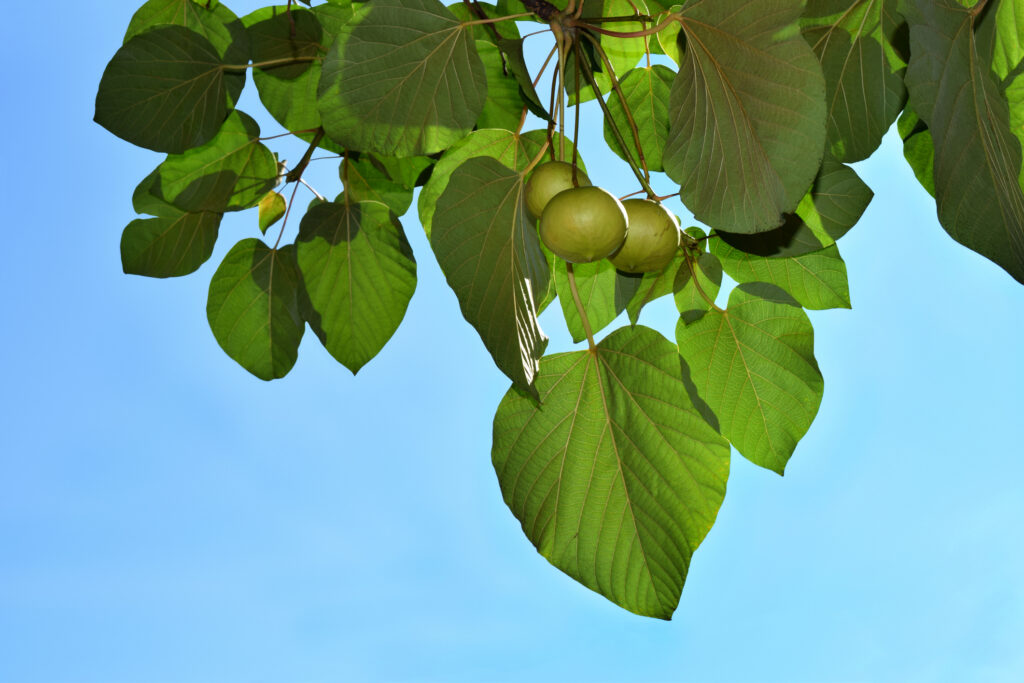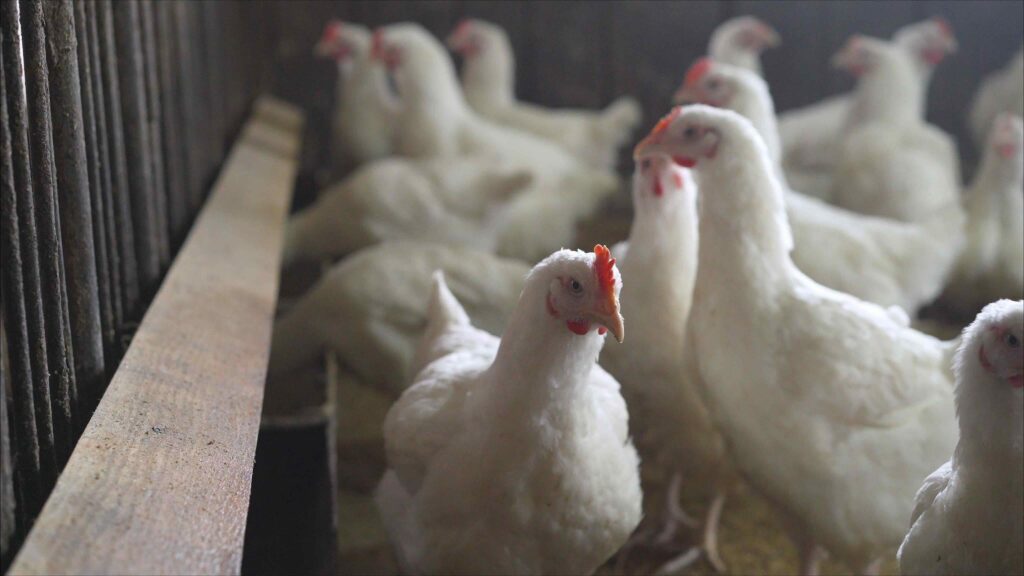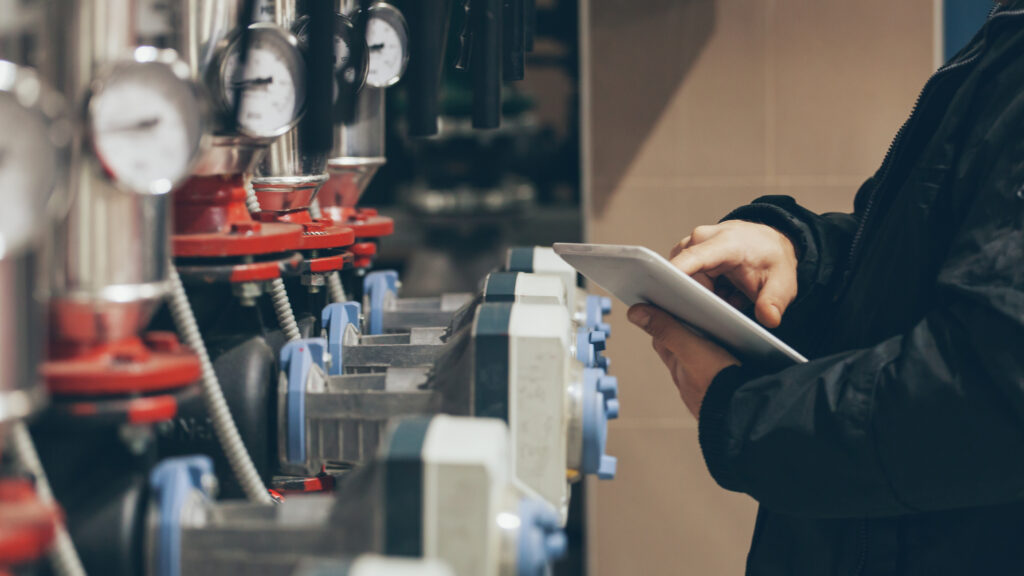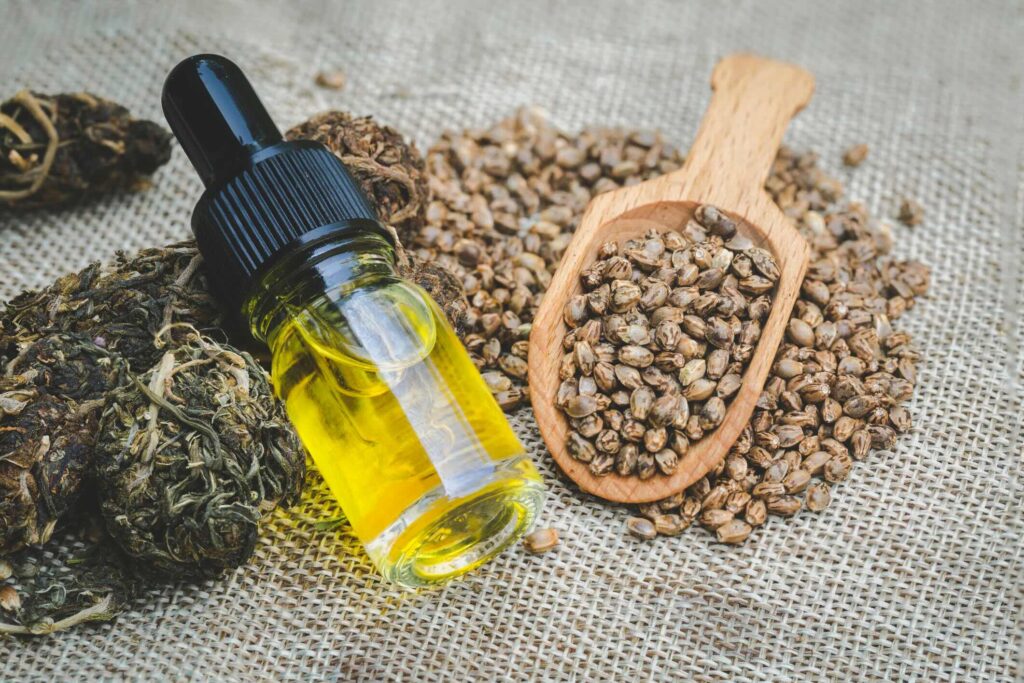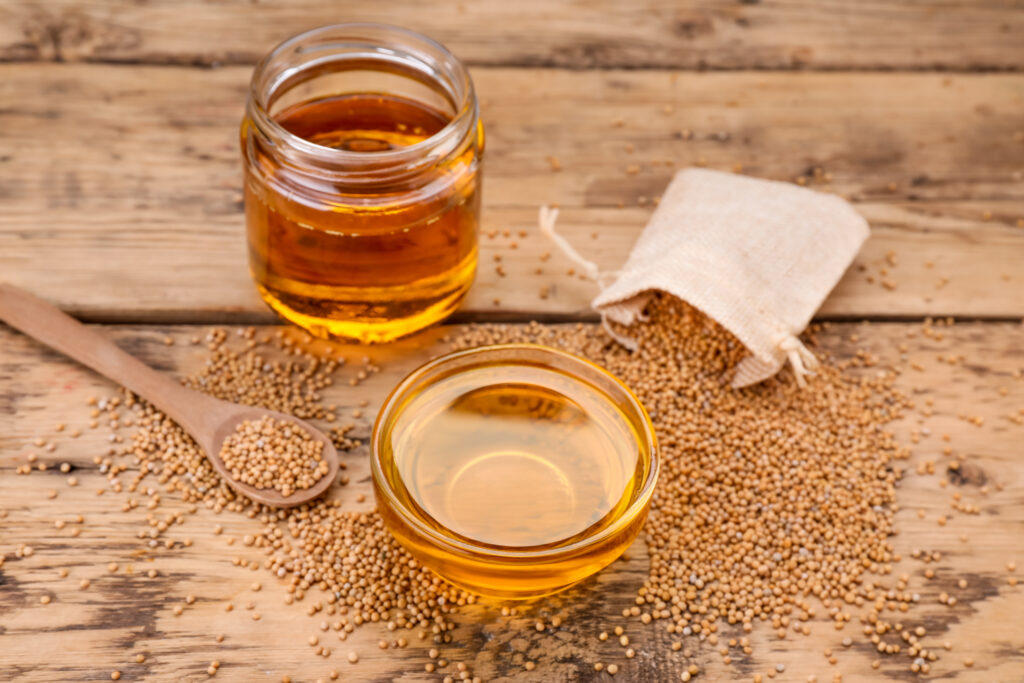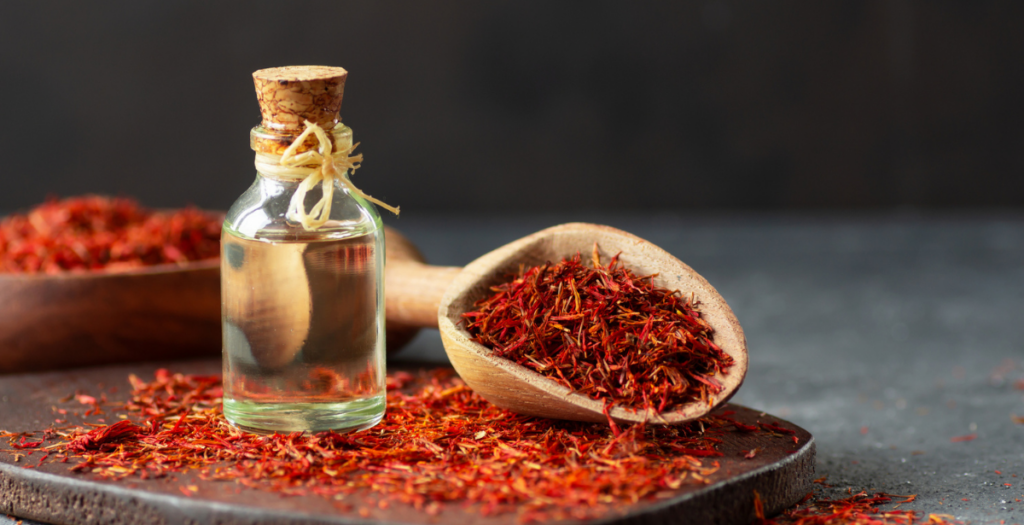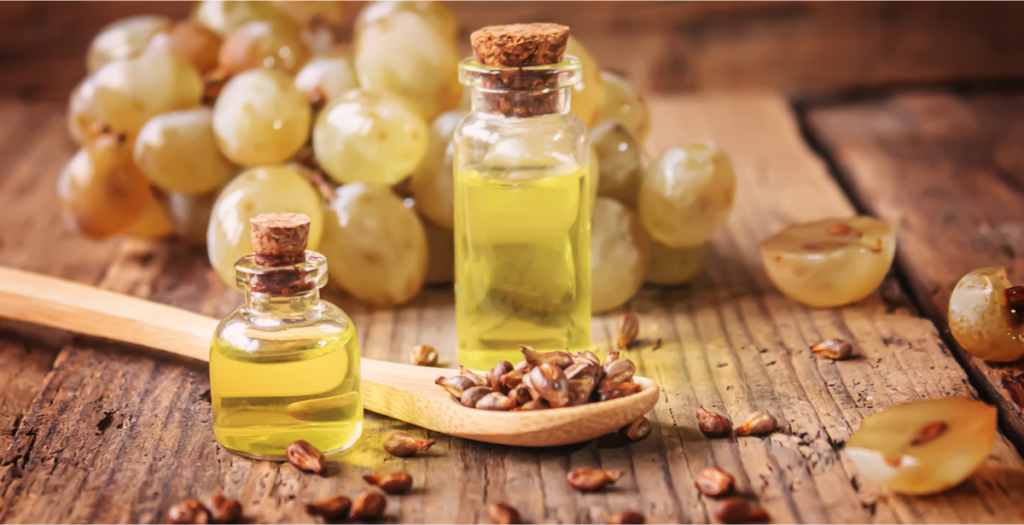In light of all the recent growth and opportunity we see on the oilseed processing horizon, we here at Anderson International continue to add new resources to better support our client oil mills and processors around the world. Some of these precious resources, like our brilliant team of engineers who develop innovative new products, have…
Resources to Support Our Oilseed Processing Clients



